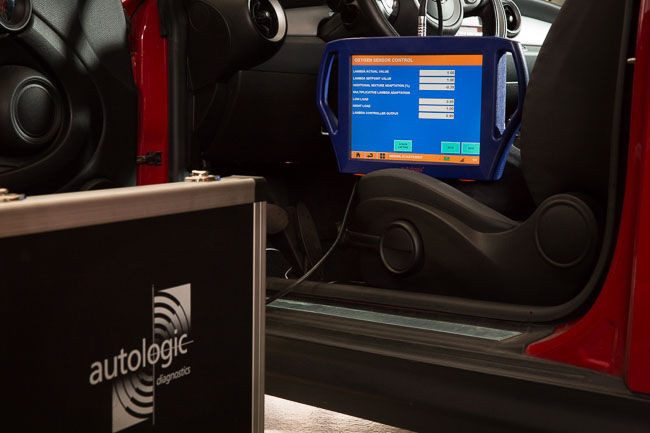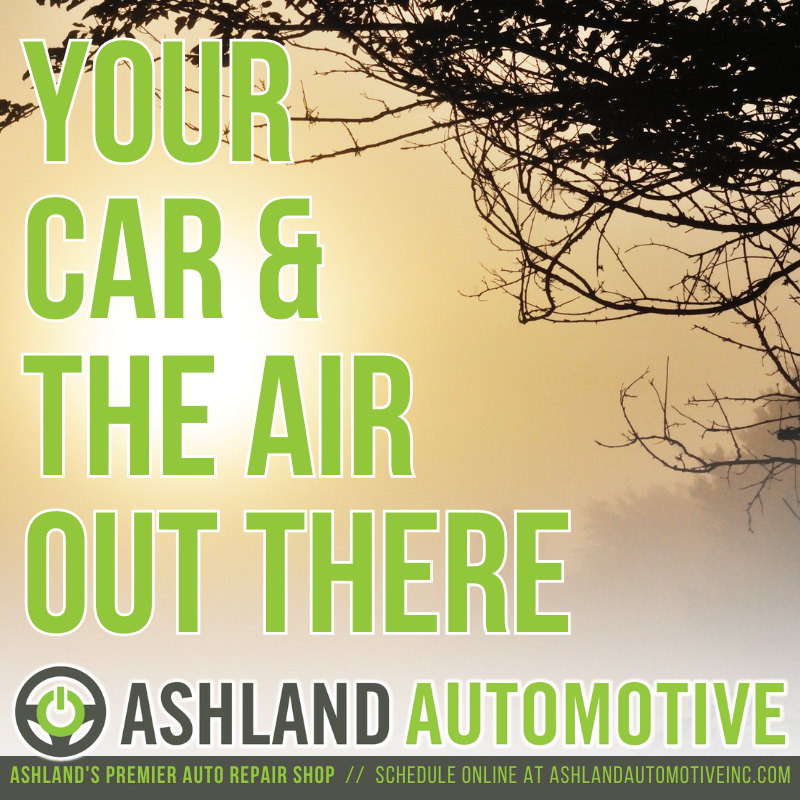Don’t Ignore Your Dashboard—Warning Lights Are About Safety
- Ashland Automotive

- Sep 18
- 3 min read
Those icons aren’t there to annoy you—they’re an early-warning safety system

Every driver has had that moment: you start the car and a light pops on. It’s tempting to keep driving and “deal with it later.” But those icons aren’t there to annoy you—they’re an early-warning safety system. Ignoring them can put you and everyone around you at risk.
Below is a practical guide to what the common lights mean and what to do next, with safety first in mind.
Insight on Warning Lights Color
Red = stop soon, safely. A red light often signals a condition that can damage the engine or compromise braking/steering. Pull over when safe, shut the engine off if instructed by your owner’s manual, and call for help.
Amber/Yellow = caution. You may be able to continue driving, but the vehicle needs attention as soon as possible.
Flashing = urgent. A flashing light (for example, a flashing “Check Engine”) calls for immediate action—keep speeds low and seek service promptly. Browse some of our other blogs to see what catastrophic damage can be done.
Three Lights Every Driver Should Respect
Check Engine (Malfunction Indicator Lamp): This light covers thousands of possible faults—from a loose gas cap to engine misfires. A steady light indicates a problem that may or may not affect drivability. A flashing light often indicates a misfire that can overheat the catalytic converter–which costs big dollars to repair and even worse could start a fire. Get professional diagnostics right away. Learn more about common warning lights from AAA: https://www.aaa.com/autorepair/articles/dashboard-warning-lights-explained
Tire Pressure (TPMS): Low pressure reduces grip, lengthens stopping distances, and increases blowout risk—especially in heat or at highway speeds. If the TPMS light comes on, check pressures with a gauge and inflate to the placard on your door jamb if they are your original tires. In the case that you have replaced your tires, follow the pressure recommendations on the sidewall. Another note, you need to adjust inflation DOWN if you have driven a few miles on your tires before filling up. If the light blinks and stays on, the system may have a sensor fault that still needs service. Learn why TPMS matters, from NHTSA: https://www.nhtsa.gov/equipment/tire-pressure-monitoring-systems
Maintenance Required (Service Reminder): This isn’t an emergency, but it’s still about safety. Delaying oil services, coolant changes, brake fluid flushes, or inspections invites bigger problems later—overheating, brake fade, even engine failure. Treat this light as your nudge to schedule the maintenance that keeps your car predictable and safe. Preventative maintenance ALWAYS costs less than repairs.
When to Stop vs. When to Drive in
Pull over soon and consider a tow if you see:
Red oil can (low oil pressure) will ruin engine
Red thermometer (overheating) will ruin engine
Battery/charging light plus dimming lights or electrical issues can leave you stranded
Brake warning with a soft pedal or reduced braking can kill you or others
Drive gently to a shop if you see:
Steady Check Engine and the car feels normal
TPMS with pressures corrected and no visible tire damage
Maintenance required reminder
If you’re unsure, err on the side of caution. A short tow is cheaper than a replacement engine or brake overhaul—and far better than a roadside emergency or an accident.
How We Keep You Safe
We pair factory-level equipment with hands-on testing from highly-trained and experienced technicians to pinpoint the cause behind any light. Then we explain your options clearly, prioritize safety, and complete the repair or maintenance with high-quality parts. Whether it’s a TPMS reset, electrical diagnosis, coolant leak, brake service, a new set of tires, or EV-specific warning, we’ve got you covered.





Comments